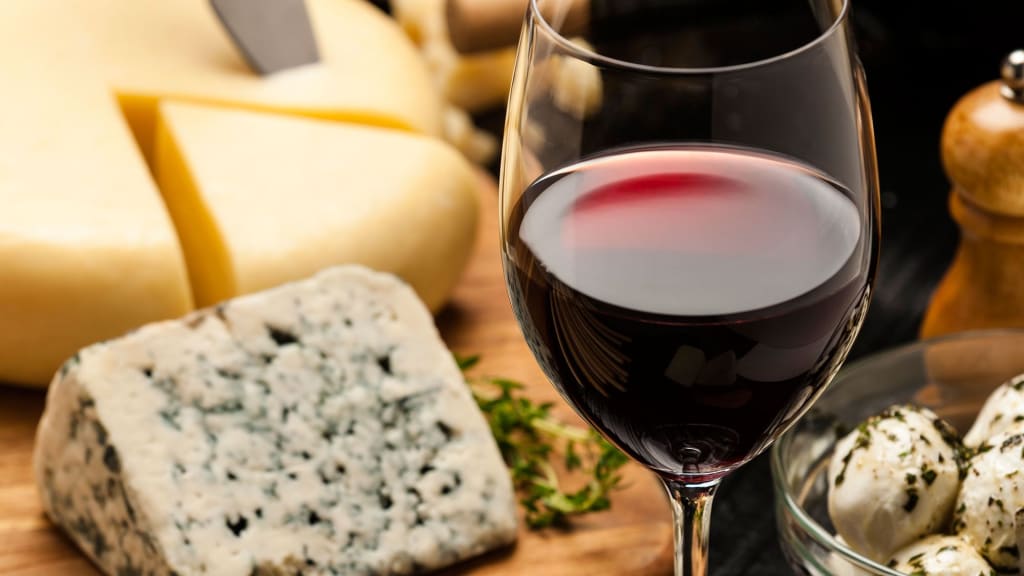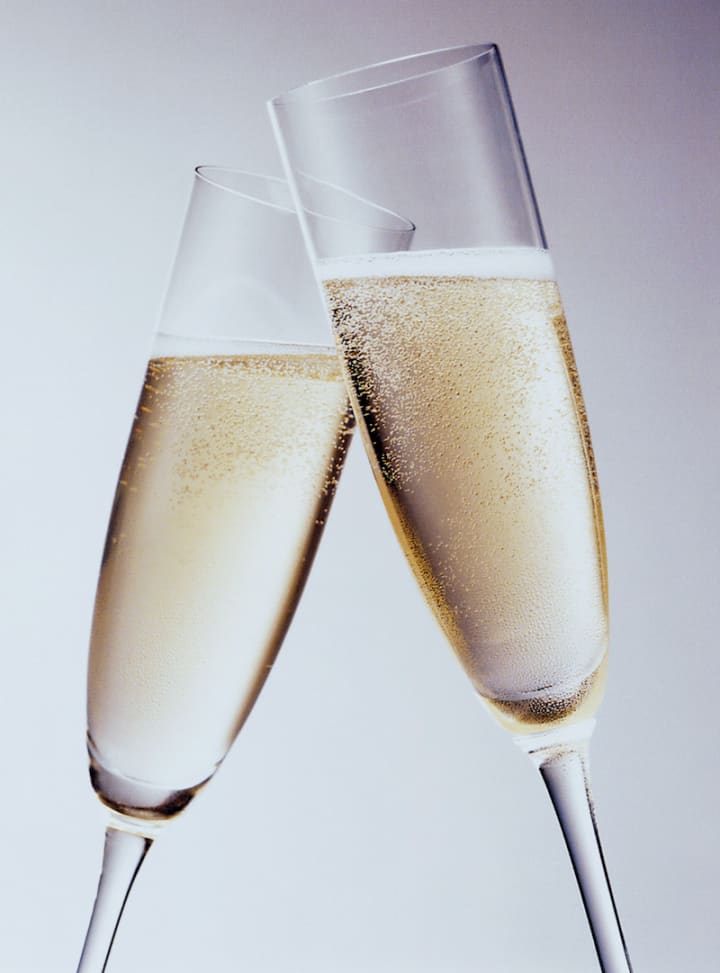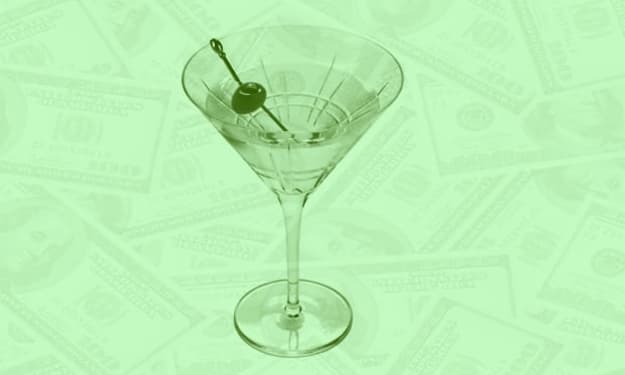Wine Tasting Myths You Probably Believe
If you believe in the following wine tasting myths, you're definitely missing out on a lot of wine-related fun.

Wine tasting has often come under fire for being pretentious, snooty, and at times, totally pointless. Part of the reason that a lot of people feel this way about wine tasting is because there are many misconceptions, myths, and downright falsehoods being passed as truth in certain wine circles.
Depending on who you ask, wine tasting can be a pretentious behavior or a true experience in appreciating everything a vintner does to create their batches of wine. If you ask the wrong people, it will undoubtedly sound weird and pretentious.
Of course, if you believe in the following myths, you're definitely missing out on a lot of wine-related fun. Or, worse, these wine tasting myths might even make you look like a fool to those "in the know."
Myth: You can be right and wrong about the notes you smell and taste in wine.

Oh dear. This is the big grandaddy of all wine tasting myths - and it's one that basically has left a permanent mark on wine tasting in general. The thing about wine tasting is that there is no right or wrong answer about what you sense in the wines you're tasting.
The fact is that there's a lot of people who will simply parrot back whatever "notes" they're supposed to taste in wine. Wine tasting isn't supposed to work this way.
In fact, most people really can't taste and smell all the aromas they claim. Every taste you get from wine is different, and as a result, you can't really rate wines overwhelmingly after a simple whiff and sip.
This is actually why professional sommeliers often contradict themselves. There's no hard science way to establish a "right and wrong" answer to wine, or a solid way to grade wines. So, don't worry about being correct - just worry about enjoying the wine.
Myth: You can taste the difference between red and white wines.

You would think that people who claim to taste the difference between robust reds and light reds could at least differentiate between the wine colors when blindfolded, right? But, no, this is a major myth. Most people, when blindfolded, cannot tell the difference between red wines, white wines, or blush wines.
The human palate is actually one of the weakest senses we have, which means that we can't pick up on as many flavors as we think we can. Additionally, the only reason some wines are red and others are white is because of the colors of the grapes used in the creation of the wine.
If you think about it, that's kind of like asking a person to taste the color of the apple used to make apple juice, don't you think?
Even so, this wine myth has a lot of steadfast believers who will poo-poo people who can't tell the difference between wine colors blindfolded. If you don't believe how hard this really is, check out this article which had someone attempt it on their own.
Trust us, it isn't easy to taste colors of wine. Believing this wine tasting myth will make you act a fool, and also will make you look pretentious.
Myth: You can tell how good a wine is by the price tag.

Believe it or not, this was the standard way things were assumed - even by industry professionals. This old school wine tasting myth often goes hand in hand with the idea that European wines are superior to New World wines, which are typically cheaper.
It was actually a blindfolded wine tasting that would later be known as the Judgement of Princeton that blew the cover off of this myth. In multiple wine tastings featuring blindfolded sommeliers, the best-tasting wine bottles were actually the cheapest...and from New World locations.
By the time that The New Yorkercovered the story, it became clear that there was really no way to tell which wine would be best until you actually drink it. Simply put, don't judge a wine by the price tag, rating, or location of origin.
Myth: Big corporation wines aren't good, and are inauthentic.

Say what you will about big corporation vineyards, but there's no denying that they can put out a great product. After all, when you have more money, you can get more resources, better workers, and better experts to help create flavorful wine batches.
That being said, there's also something to be said about the care that many boutique wineries take in making great wines. Even so, you can't judge wine based on the size of the company that makes it.
Moreover, the term "authentic" has become a buzzword in the wine world with no real meaning behind it. Assuming that the wine bottles use the grapes and processes they claim to use, you really can't have inauthentic wine.
Myth: The only good, age-worthy wines are bottled up and corked.

Science-based evidence shows that this is really not the case at all. In fact, there is some evidence that suggests that old fashioned corked wines may actually age worse than the metal screwcap wines that often get snubbed by wine aficionados.
The truth is that the woody, often gross taste of cork can actually seep into wine that's aging, leading to a wine that's considered to be "corked" and undrinkable. Screwcaps allow wine to avoid oxidation, but also don't cause corking to happen. That being said, some vintners prefer synthetic corks to allow just a smidgen of oxygen to age richer reds.
So, don't bin wines based on what's up top. This kind of act is actually based on wine tasting myths that have actually been debunked by science. If you follow the old rule, you might accidentally pass up on a great bottle of vino.
Myth: Champagne needs to be served in flute glasses.

Nope! Believe it or not, this pervasive wine tasting myth is one that is even practiced by sommeliers. However, flute glasses have a major problem with them that no one really thinks about unless you're a bubbly wine maker: you can't swirl the wine in them!
No wine swirling means that you can't unlock all the aromas in the wine, and that means you're getting a lower quality experience than what it should be. In fact, this master somme at Thrillist said it best:
"When I worked for Moët Hennessy, we had a Champagne called "Smash the Flute.” The point was to just throw them out the window. Flutes are elegant and they feel celebratory, but you can't swirl in them. When you drink Champagne with famous French winemakers, it's always served in a ginormous Riedel glass so you can actually smell and taste the wine."
In other words, those champagne flutes you bought? Probably useless by wine tasting standards.
Myth: Pair red meats with reds, and white meats with white.

Matching the meat color with the wine color is a classic rule that has started to get a bit of a reputation for being one of many wine tasting myths dealing with pairings.
However, there's still some truth to this rule worth noting. Matching the color to the wine tends to complement the flavors - but it also can keep you from matching an excellent (but unexpected) wine to your food.
According to a master sommelier, this actually can greatly limit the kind of flavors you can taste. He said a better option was, "What grows together, goes together." So, if you have a place known for lamb, it may be better to try a New Zealand wine.
Meanwhile, if you're fan of steaks, going for French wines or Napa wines may be a better option. After all, those wines will most likely have that traditional smoky flavor to them that will complement the wine.
Moreover, a lot of times, the sauce that's on top of your food will determine how good the pairing will be. When in doubt, ask the house what they'd suggest.
About the Creator
Ossiana Tepfenhart
Ossiana Tepfenhart is a writer based out of New Jersey. This is her work account. She loves gifts and tips, so if you like something, tip her!






Comments
There are no comments for this story
Be the first to respond and start the conversation.